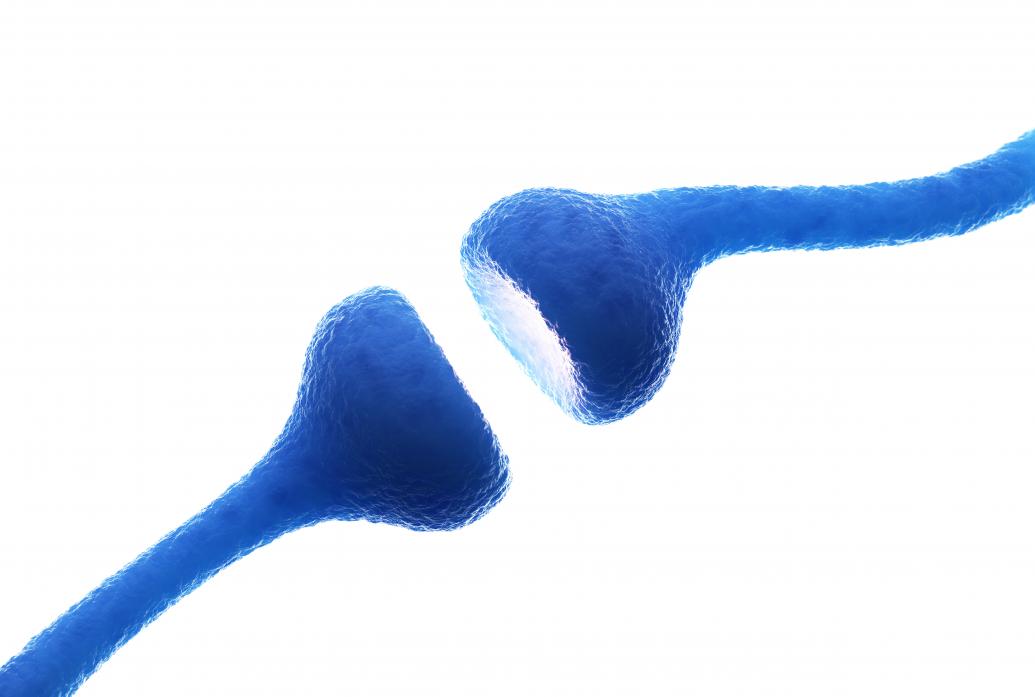In the early 1970s neuroscientists discovered that molecular mechanism called “long-term potentiation” enabled the connection between two neurons, called a synapse, to strengthen with stimulation. For decades after that they presumed, but did not know for sure, that one of the important benefits of this mechanism is that it enabled memory storage and learning in a brain region called the hippocampus. When we gain new information that we want to remember, LTP would be the molecular solder for the needed circuit connection.
It was not until a landmark paper in 2006 from the lab of Picower Professor Mark Bear that this hypothesis was proven true. It provided the first direct demonstration that hippocampal LTP is actually induced by learning. The team succeeded by selecting a learning task that created a lasting memory in just one trial, and by taking advantage of then new tools for separating the effects of LTP from its oppositely acting cousin long-term depression.
After subjecting rodents to the learning task, the researchers measured the effects in the hippocampus. They found that exactly the same kinds of molecular and electrical changes observed in lab experiments of inducing LTP were induced by learning.
The paper, which appeared in Science in August, was later listed among the journal’s top papers of the year.


